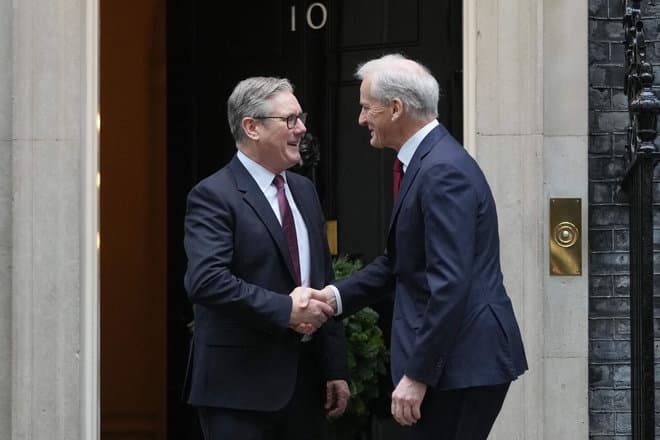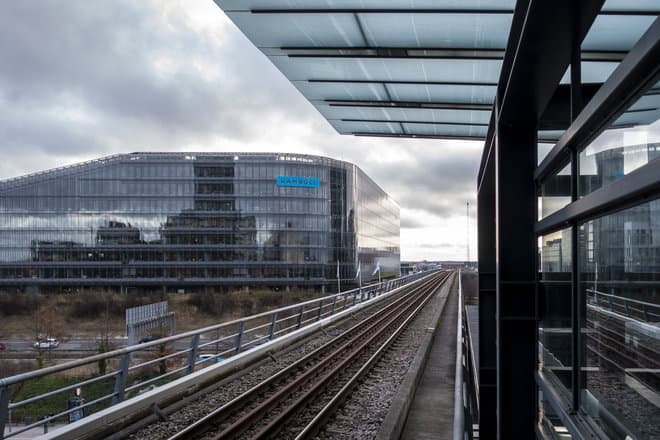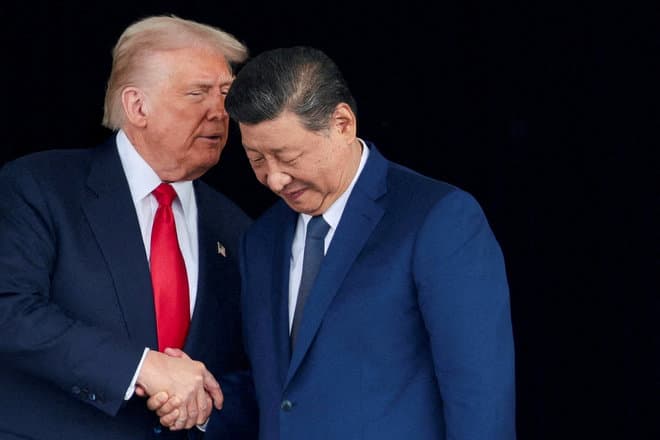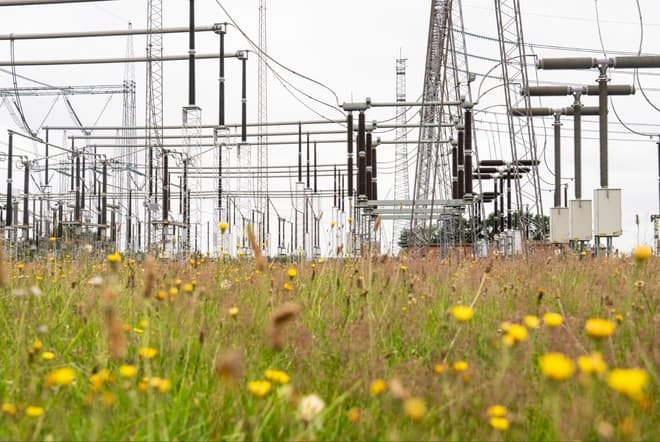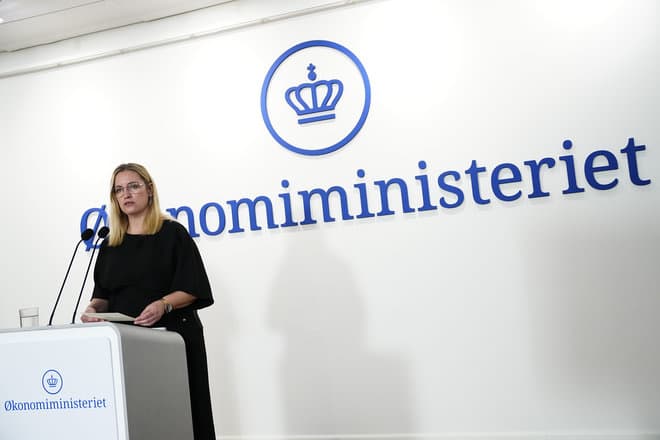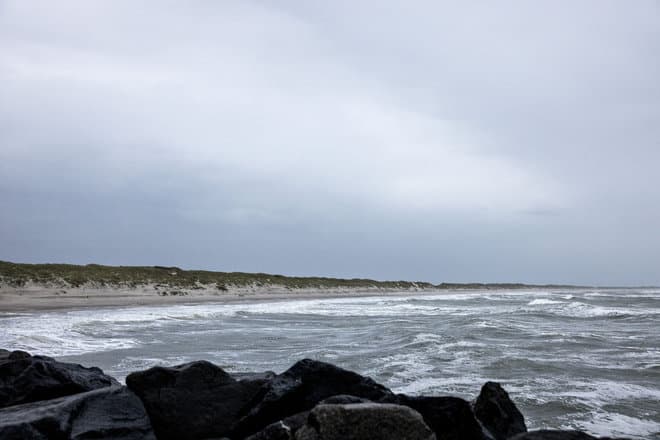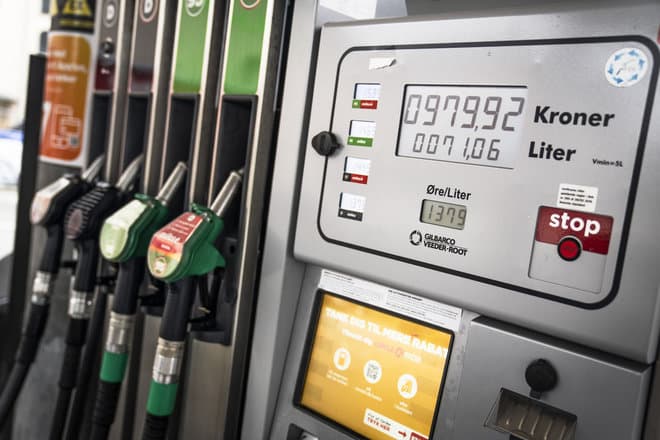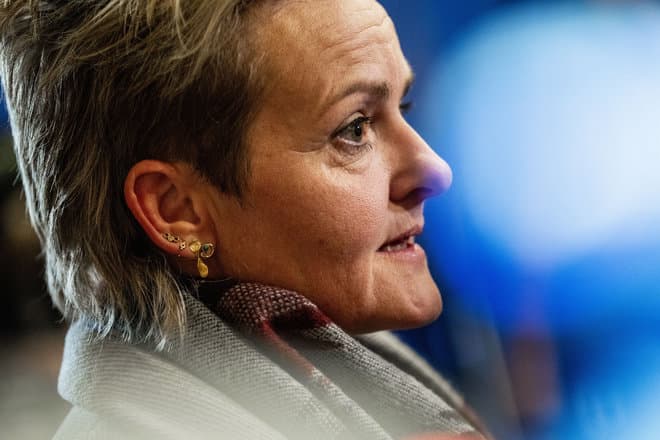
ESBJERG: A majority in the Danish Parliament has reached a quick agreement to run a hydrogen pipeline from Esbjerg to the German border in 2030, after the hydrogen venture has suffered several setbacks. This is stated in a press release.
- It is super important, and I am happy, because we have a very small time window to establish the German hydrogen infrastructure from the German border to Esbjerg, says Minister of Climate, Energy and Utilities Lars Aagaard (M).
Compared to the original visions, the pipeline has been shortened, the requirements have been relaxed, and state support worth billions of kroner is being used.
The focus will initially be on the part of the hydrogen pipeline that runs from Esbjerg to the German border. This postpones the original plan to build a 360-kilometer pipeline. This is because the most promising Danish hydrogen projects - according to the government - are located in Esbjerg. Lars Aagaard explains that it is important to build the foundation of a house before erecting the roof.
Tight schedule
A hydrogen pipeline from Danish factories to German customers is a crucial prerequisite for Denmark to be able to build up production and export of green fuels. However, the development has been problematic, and in 2024 the government had to postpone the hydrogen pipeline, resulting in several related delays.
The construction was postponed last year to 2031, but exports to Germany are now expected in 2030, when the German steel industry is ready to decline.
This may be because the project will initially be smaller than before, and that the government will provide a billion as a guarantee for the establishment of the pipeline. It is a major change of course and a disappointment for the government that state aid will have to be used. The minister acknowledges that the schedule is tight.
- It is a tight schedule, and no guarantees can be issued that nothing unexpected will happen in the process. But now we have at least negotiated the finances in place in a very short time, says Lars Aagaard.
Billions in operating subsidies - with hopes of earnings in the long term
Energinet will receive a framework of 7.4 billion. DKK, which must be paid back. The state will provide subsidies of 8.3 billion. DKK in operating subsidies, which will fall over 30 years. The money will come from the financial room for manoeuvre. In addition, the government will lower the requirement for how much hydrogen companies must commit to supplying the pipe.
The hydrogen must be produced with renewable energy in order to create green fuels that can replace fossil fuels in aircraft and ships.
The original project was priced at approximately DKK 15 billion, but by shortening the pipe, a cheaper price is expected. A further expansion may come into play before 2030, but will not be built until after, the minister explains.
The hydrogen producers must pay to use the pipe, and the hope is that it can be a good business for the Danish state, but both Denmark and the EU are far from achieving previous goals. However, it is difficult to predict when it will be profitable.
- We are starting out with a need for state support, so at first it is not profitable, but it depends on how many users there will be in the future. So it depends on how large the hydrogen production will be going forward. It may well turn out that, strictly speaking, there will be no economic gain for the pipe. But then the hope is the jobs that are associated with the hydrogen industry, says Lars Aagaard.
There will be enough electricity to start with, according to the minister, who does not expect the price of electricity to increase significantly despite the fact that the demand for electricity is increasing. The problems do not affect the climate goals in 2030.
Updated 20:18
/ritzau/
/ritzau/
Text, graphics, images, sound, and other content on this website are protected under copyright law. DK Medier reserves all rights to the content, including the right to exploit the content for the purpose of text and data mining, cf. Section 11b of the Copyright Act and Article 4 of the DSM Directive.
Customers with IP agreements/major customer agreements may only share Danish Offshore Industry articles internally for the purpose of handling specific cases. Sharing in connection with specific cases refers to journaling, archiving, or similar uses.
Customers with a personal subscription/login may not share Danish Offshore Industry articles with individuals who do not themselves have a personal subscription to Danish Offshore Industry.
Any deviation from the above requires written consent from DK Medier.




